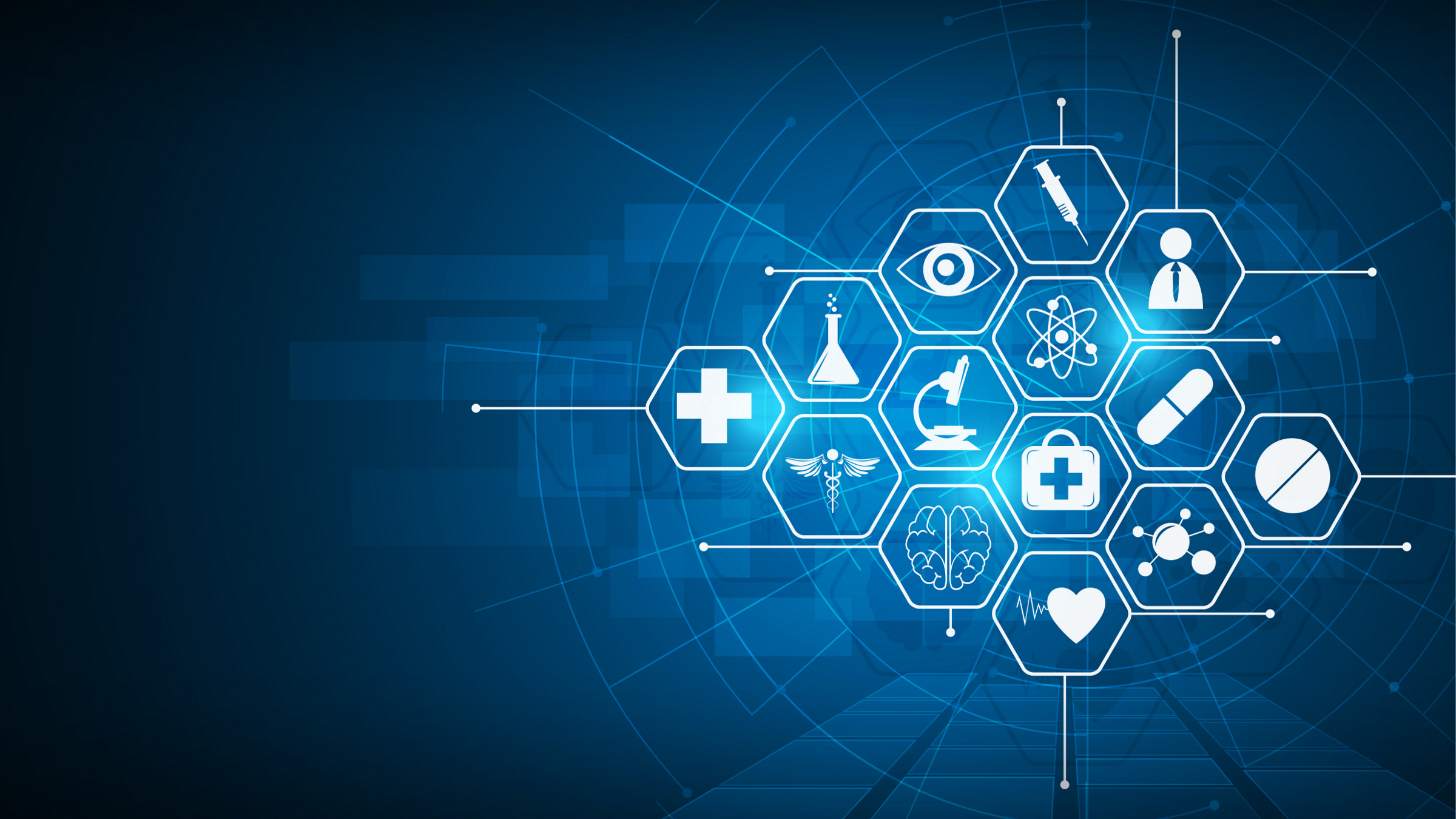In recent years, innovations such as the Internet of Things (IoT), big data, robotics, and AI have become part of everyday life, helping people lead active, high-quality lives and creating a super-smart society. Society 5.0 was proposed by the Japanese government as a vision of a future society toward which Japan should aspire.a The society that Society 5.0 aims to develop is similar to the society the U.S. NSF’s Smart & Connected Communities/Health projects aim to create. In 2018, Osaka University’s “Initiative for Life Design Innovation (iLDi)” project was selected for the Ministry of Education, Culture, Sports, Science and Technology (MEXT) Society 5.0 Realization Research Support Program.b
The IoT has a variety of application domains, including health care.1 The goal of our iLDi project is to create innovations to maintain people’s health and to improve illness using ICT. We are building a Personal Life Record (PLR), a database that adds daily life activity data to a Personal Health Record (PHR), and by comparing this with everyone’s medical information, we try to provide timely support appropriate to each person’s health situation. While PHR is a database of human medical and health information, PLR incorporates data about various daily activities such as regular habits, diet, exercise, and workplace and school activities.
Society 5.0 was proposed by the Japanese government as a vision of a future society toward which Japan should aspire.
We are simultaneously building MYPLR—a platform for collecting PLR data—and creating mechanisms for secure management and secondary use of personal information. MYPLR complies with the EU’s General Data Protection Regulation (GDPR) approach and has built-in capabilities to make health-related information obtained from individuals available for secondary use by organizations and companies seeking to employ that data. In the case of secondary use, MYPLR provides individuals with information on the organizations that wish to use their data and the purpose of use and has established a mechanism to provide information only upon their consent.
In our project, we are promoting “lifestyle” research aimed at maintaining and improving quality of life (QOL); “wellness” research aimed at improving mental and physical health; and “edutainment” research to appreciate enjoyment and learning, which aims to promote learning with high motivation for school attendance (as illustrated in the accompanying figure). Our goal is to design a life with high QOL based on physical, mental, social, (communication), and environmental health from the relationship between people and their everyday lifestyle, and to disseminate various technological innovations and changes in the socioeconomic environment from the university.

Figure. Three goals of the MYPLR project.
We are conducting the following four research projects for utilizing PLR data and validating its usefulness in real-world situations:
- Health preservation/preventive medical care project. The work of this group includes three projects: “Watch over 1,000 days of pregnancy and parenthood,” “Elderly monitoring,” and “Heart failure prevention.” For example, in the first project, we are developing a system to classify the troubles and symptoms of pregnant women into several categories and provide timely advice and instructions according to each situation.
- Health and sports project. The work of this group includes two projects: “Preventing and predicting sports injuries” and “Detecting early signs of heatstroke.” Based on muscle, ligament, and thermal models of the human body, we are building systems that use AI and simulation technology to estimate in real time the recovery status of the exercise function of the injured person and changes in the core body temperature of the exercise, and appropriately advise whether it is safe to continue exercise.
- Future school support project. The work of this group includes two projects: “Detection of early warning signs of Hikikomori” and “Education support and student life support.” Those projects use smartphones and IoT devices to estimate students’ learning and living conditions, advise them on how to improve their learning efforts and lifestyle habits, and recommend whether they should visit the University’s health and counseling center.
- Symbiotic intelligent system project. The work of this group includes two projects: “Elderly healthcare stimulating conversations using an interactive robot” and “Creating a comfortable environment via interactive robots and environment control.” Those projects use android robots to promote conversation and improve the living environment of elderly people.
In addition, four social implementation projects are underway to enable the collection and use of PLR data. The socio-technical project addresses issues related to privacy and ethical, legal, and social implications, and explores ways to enable the widespread use of PLR in the real world. We also focus on professional development and have invited research proposals from young researchers.
The basic structure of each technology was created in the first five-year research period starting in 2018, and we plan to work on the social implementation of these technologies in the second research period that started last April. So far, we have created various sensing mechanisms. During this period, we look to combine PLR data with personal medical information to create mechanisms to induce appropriate behavioral changes based on sensing results according to the individual’s situation, thereby creating innovations useful for improving and promoting good health. Since healthcare data is massive and pertains to racial and cultural backgrounds, the plan is to build AI chatbots suitable for such behavioral changes. We also plan to contribute to the Osaka Expo to be held in 2025.

 This work is licensed under a
This work is licensed under a 


Join the Discussion (0)
Become a Member or Sign In to Post a Comment